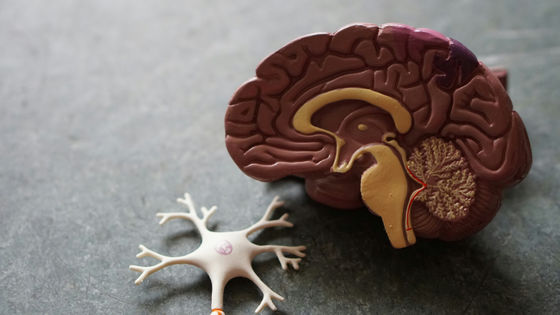How can research facilities that handle dangerous pathogens be safe?

Many research institutes are conducting research on viruses that threaten humankind, such as the new coronavirus and influenza virus. Jerry Malaiel, who is conducting research on viruses at Oklahoma State University , explains the significance and mechanism of ensuring the safety of such virus research.
Working with dangerous viruses sounds like trouble – but here's what scientists learn from studying pathogens in secure labs
https://theconversation.com/working-with-dangerous-viruses-sounds-like-trouble-but-heres-what-scientists-learn-from-studying-pathogens-in-secure-labs-161721

At Oklahoma State University, to which Maraiel belongs, 10 research teams used pathogens such as actual bacteria and viruses to 'how the pathogens function in the host's cells' and 'the host's immune system becomes the pathogen.' I am studying things such as 'how to react to', 'relationship between pathogens and underlying diseases such as obesity and diabetes', and 'methods for eliminating pathogens'.
'Understanding what pathogens do and how they spread helps researchers develop ways to detect, mitigate, and control the spread of pathogens. The goal of pathogen research is , To be able to treat or prevent diseases caused by pathogens. The more dangerous a pathogen is, the faster scientists need to understand them. '' To understand what pathogens do. Research is important not only for the health of humans, but also for the health of mammals, birds, fish, plants, insects, and other species, 'he emphasizes the importance of research using actual pathogens.
In research on these pathogens, safety measures such as infection control measures for researchers and measures to prevent the pathogens from leaking to the outside are emphasized. According to Maraiel, when conducting research on pathogens, it is necessary to document in advance 'what', 'who', 'where' and 'how'. These plans are subject to independent review by trained professionals within each laboratory, the Centers for Disease Control and Prevention , and the United States Department of Agriculture to ensure compliance with approved procedures and regulations.

The research team that passed the examination will work on the research in compliance with the two principles of biosafety and biosecurity. Of these, biosafety is a principle that protects researchers and the surrounding environment from the threat of pathogens, and is used in ventilated work spaces called 'safety cabinets ' and in anterooms and laboratories that control the movement of air in the laboratory. This includes installing HEPA filters that remove pathogens and harmful substances from the air that enters and exits.
In addition, researchers will wear protective equipment such as gowns, masks, and gloves during the experiment, and will use a special respiratory system depending on the content of the experiment. In addition, research is being conducted with the pathogen under study divided into several fragments that have lost their function.
Next, biosecurity means measures to prevent inappropriate situations such as loss, theft, release, and misuse of pathogens, such as access control to pathogens, thorough inventory management, and appropriate waste disposal. Etc. are required. By adhering to these two principles of biosafety and biosecurity, each research team is conducting research on pathogens safely.

Pathogens have 1 to 4 risk groups for each risk. In addition, each research facility has a biosafety level (BSL) that indicates the risk group that can be handled, and it is said that pathogens in risk group 3 can only be handled at research facilities with biosafety level 3 (BSL-3) or higher. In addition, high-risk pathogens can only be handled in research facilities with strict safety measures.
According to Maraiel, BSL-1 and BSL-2 research facilities cannot handle pathogens that have serious effects on humans and animals, while BSL-3 research facilities 'may have serious effects.' However, it is possible to study 'pathogens for which treatment methods have been established' and 'pathogens for which treatment methods have not been established due to serious effects' at the BSL-4 research facility. There are only about 50 research facilities designated as BSL-4 in the world, and in Japan, the National Institute of Infectious Diseases Murayama Government Building was designated as BSL-4 in 2015.
Finally, ' Hantavirus , dengue virus , Zika virus , Nipah virus, and other pathogens that pose a serious threat to humankind are widespread throughout the world. Researchers understand the transmission mechanism of these pathogens and make a quick diagnosis. We are working to develop methods and develop viruses and treatments. '' It makes sense for scientists to study as much as possible about pathogens before the next pandemic occurs. ' It concludes with.
Related Posts:
in Science, Posted by log1o_hf







